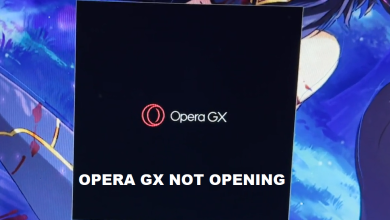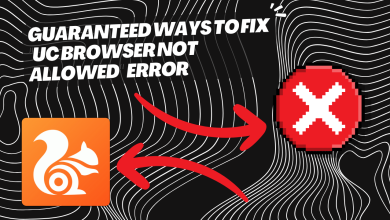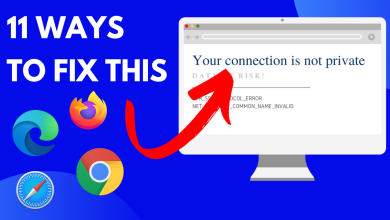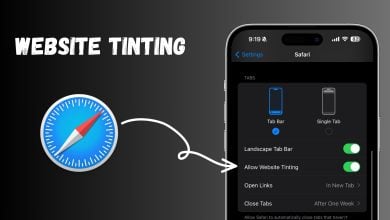How to Fix Camera Not Found Error on Omegle
Several users have been reaching us with questions after being unable to use the camera with Omegle. In most cases, it is reported that the issue is accompanied by the following error message: “Error with camera: Requested device not found”. Most affected users are reporting that the camera used to work just fine on Omegle and still works for other applications that use it (including Skype, Messenger, etc.). The issue doesn’t seem to be specific to a certain Windows version since it’s reported to occur on Windows 7, Windows 8.1 and Windows 10.
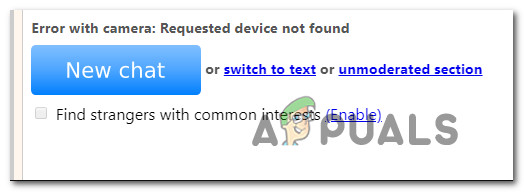
What is causing the camera issue with Omegle?
We investigated this particular issue by looking at various user reports and the repair strategies that are commonly being used to either fix or circumvent this particular issue. Based on our investigations, there are several potential culprits that might end up triggering this particular issue:
- Google policy change – Chrome recently changed its policy and now only allows webcam and microphone use over https, which Omegle currently doesn’t always do. In this case, the only way around this issue is to use a different browser.
- Another program is using the camera – This issue might also occur if the webcam is currently being used by another application. In this case, you will be able to resolve the issue by identifying the culprit and preventing it from accessing the camera.
- Outdated browser – In some cases, the issue will occur with severely outdated browser builds. A lot of affected users have reported that the issue was resolved after they updated their browser to the latest version.
- Corrupted browser cookies – Cookies can also be responsible for the limited functionality on Omegle. Clearing them from the browser or using a 3rd party software to remove them automatically will resolve the issue in this case.
If you’re currently looking to resolve the very same issue and have been unsuccessful, this article will provide you with several troubleshooting steps. Down below, you’ll find a couple of methods that other users in a similar situation have successfully used to resolve the camera issues with Omegle. All the potential fixes that you’ll see below are confirmed to be effective by at least one user.
For the best results, we advise you to follow the methods in the order that they are presented since the guides below are ordered by efficiency and severity. One of the fixes should end up resolving the issue regardless of the culprit that ends up causing it.
Method 1: Close other programs that are using the camera
It’s also possible that the camera doesn’t work in Omegle because is currently being used by another application. Whenever this occurs, the browser that you’re using will be unable to get permission to use the camera for Omegle because another app is already using it. Several affected users have reported that the issue was resolved after they closed another program that was using the webcam functionality. This is typically reported to be effective with integrated webcams.
Some of the most common culprits that are reported in this particular case are Skype, Messenger (UWP version), Google Hangouts, Whatsapp Web and Viber.
If you are unable to figure out which application is using the camera, is a good idea to disable the permissions for all of them (just to confirm that the culprit is one of them).
Here’s a quick guide on disabling apps permissions to the camera:
- Press Windows key + R to open up a Run dialog box. Then, type ” ms-settings:privacy-webcam” and press Enter to open up the Camera tab of the Settings app.

Accessing the Camera tab of the Settings app - Once you get to the Camera tab, scroll down to the Choose which apps can access your camera tab. When you get there, set each toggle to off until no UWP (Universal Windows Platform) application is permitted to access your Camera.
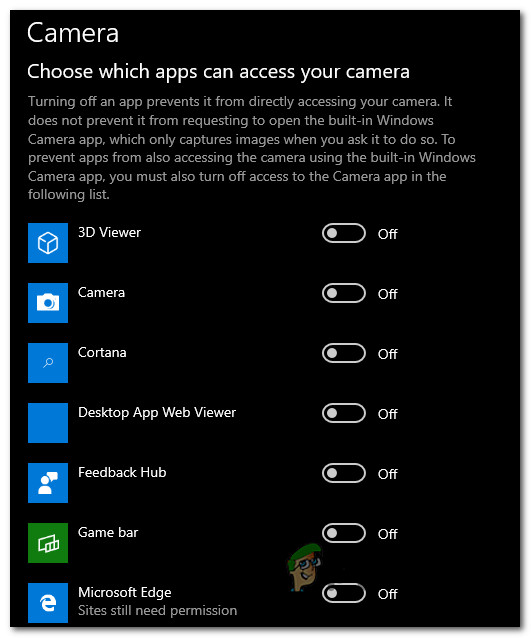
Disabling the Camera permissions - Once every camera permission has been disabled, open the Omegle web app again and see if the issue has been resolved.
Note: In the event that the issue is no longer occurring while all apps are not permitted to use the application, systematic re-enable each one until you figure out the application responsible.
After you close the application that was using the webcam, attempt to use the camera with Omegle and see if the issue is now resolved.
If this fix is not applicable for your current situation or it didn’t allow you to resolve the “Error with camera: Requested device not found”, move down to the next method below.
Method 2: Updating browser to the latest version
Omegle went through some changes that affected it’s functionality with certain browsers until they caught up with the new technology by releasing updates. With this in mind, it’s entirely possible that you’re encountering this particular issue because you’re using an outdated browser that is not yet equipped to support Omegle.
The good news is, all the popular browsers are now adapted to support Omegle and the way it’s using the webcam. Several affected users have reported that they managed to resolve the issue after they updated the browser version to the latest.
Note: If you’re encountering this issue on Windows Edge or Internet Explorer, there’s no need to follow the instructions below as these two browsers will update automatically over Windows Update.
Down below, you’ll find three separate guides for updating 3 of the most popular browsers (Chrome, Firefox, Opera) to the latest version. Follow whichever guide is applicable to your situation.
Updating Chrome to the latest version
- Open Chrome and click the action button in the top-right corner of the screen.
- Then, from the newly appeared menu, go to Help > About Google Chrome.

Go to Settings > Help > About Google Chrome - Inside the next screen, wait until the scan is complete, then click on Update Google Chrome if a new version is discovered.
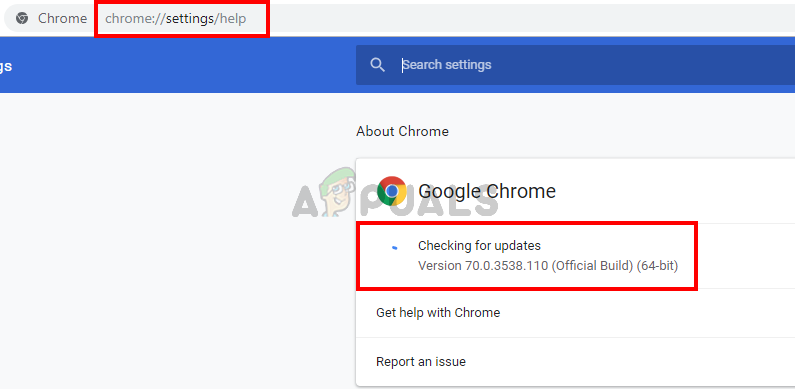
Update Google Chrome - Once the update is installed, restart your browser and see if Omegle is functioning normally.
Updating Firefox to the latest version
- Open Firefox and click on the action button in the top-right corner. Next, click on Help and select About Firefox from the newly appeared side menu.
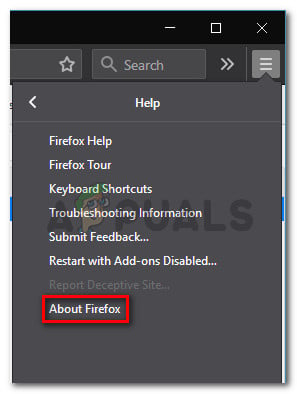
Accessing the Help menu of Firefox - Inside the About Mozilla Firefox window, click on Restart to update Firefox. Then, wait for the process to complete. If you’re prompted by the UAC (User Account Control) prompt, click on Yes to grant admin privileges.
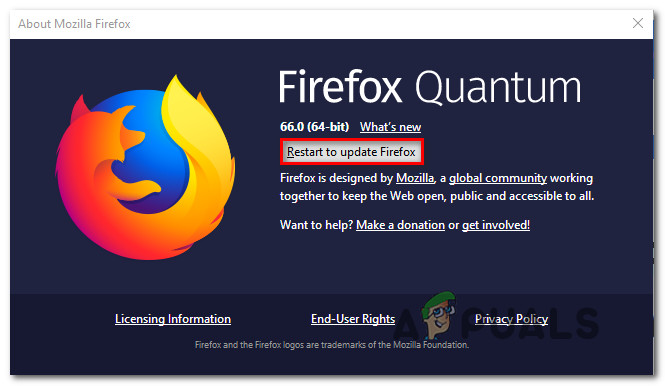
Updating Firefox - Once your browser restarts, visit Omegle and see if the issue has been resolved.
Updating Opera to the latest version
- Click on the Opera icon in the top-left corner of the screen. Then, click on the Update & Recovery tab.
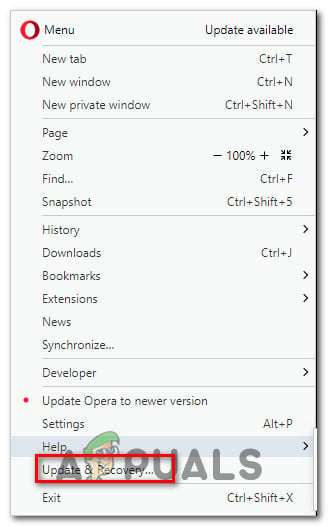
Opening the Update & Recovery menu of Opera - Wait until Opera scans for a new version. If a new build is found, the download will automatically begin. Wait until the process is finished.
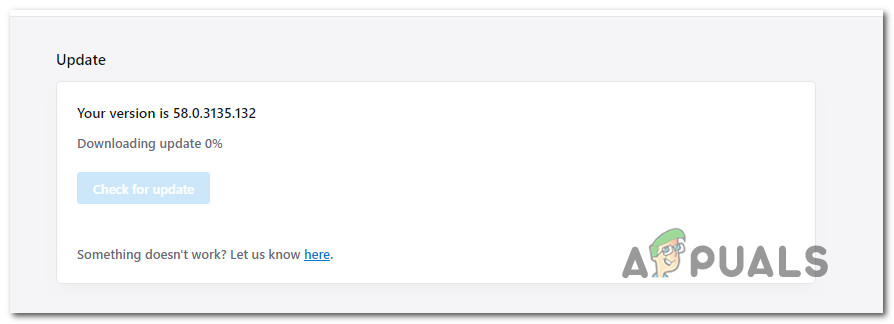
Downloading the Opera update - Once the update is downloaded, click on Update now and wait until the process is complete.

Updating Opera to the latest version - Once the update is installed, your computer will restart and the new version will be installed. Once your browser is updated, open Omegle and see if the issue has been resolved.
If the issue is still not resolved and you’re still unable to use your webcam with Omegle, move down to the next method below.
Method 3: Cleaning your browser’s cookies
It’s also possible that the reason why you’re no longer able to use your computer’s camera on Omegle is that one corrupted cookie is blocking the feature. Other affected users have reported that the issue was resolved after they clean the cookies from their browser.
The step of clearing the cookies will be different from browser to browser, but there’s one utility capable of removing the cookies instantly, regardless of which browser you’re using.
Note: If you don’t want to install a 3rd party utility, you can always clear the cookies manually from your browser’s settings. But the steps of doing this are specific for each browser.
Here’s a quick guide on installing & using Ccleaner to remove browser cookies and resolve the Omegle camera issue:
- Visit this link (here) and install the free version of Ccleaner from a download link.
- Once the installation executable is installed, double-click on it and follow the on-screen prompts to install the software on your system.
- When the installation is complete, open Ccleaner. Then, from the main interface, click on Custom clean from the vertical menu on the left.
- Next, check the Applications tab and uncheck everything aside from the items related to your browser. For example, in our case, the browser that we encounter the issue on is Opera.

Scheduling the deletion of the Opera Cookies - Once the setup is complete, clear the cookies by clicking on Run Cleaner.
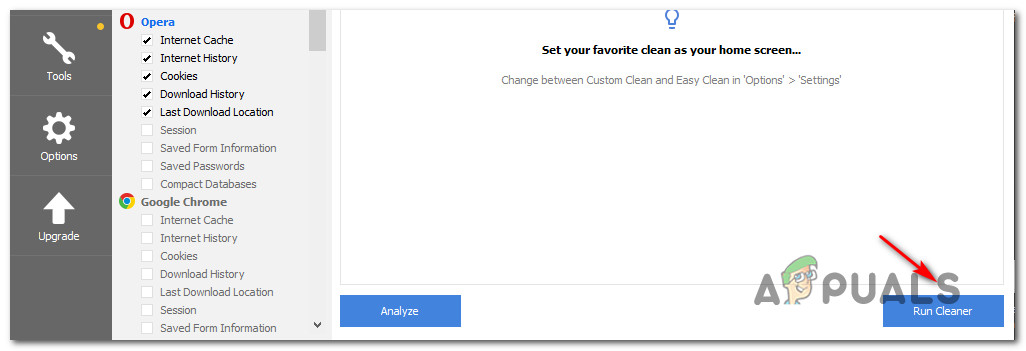
Running the Cleaner - At the next prompt, click Continue to start the cleanup process.
- Once the process is complete, close Ccleaner, open the browser that was causing the issues with Omegle and see if the issue is now resolved.
If the same camera issue is occurring (“Error with camera: Requested device not found”), move down to the next method below.
Method 4: Using a different browser (Chrome Only)
If you’re using Chrome, this particular issue can also occur due to a Google policy change. A while ago, the tech giant decided to ban Flash plugins from accessing certain functionalities implemented in the browser – the webcam and the microphone are among the most important ones.
Several affected users reported that they managed to resolve the issue by making the switch to another browser. Internet Explorer and Firefox are two alternatives typically recommended by users that have migrated to another browser.


